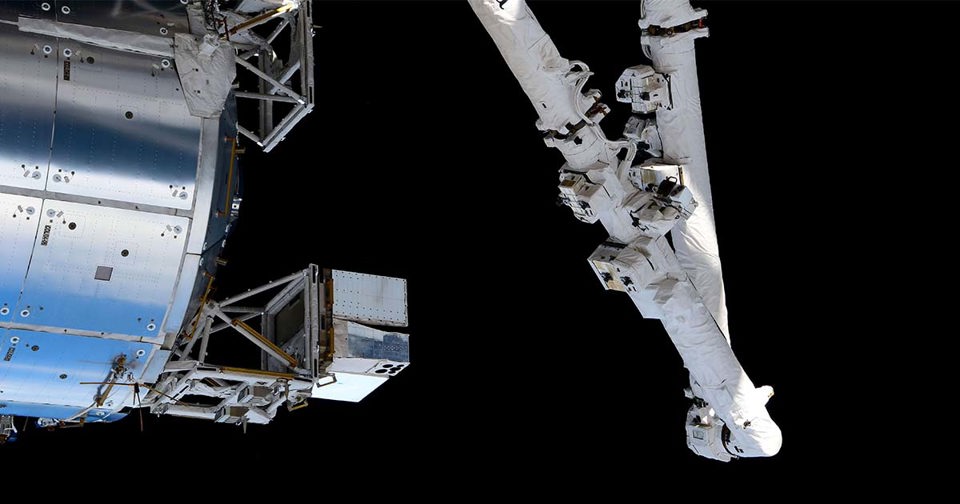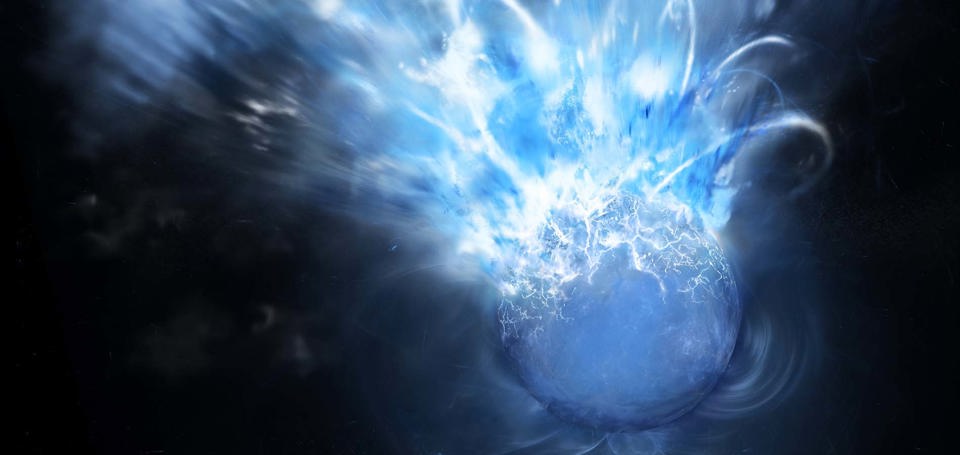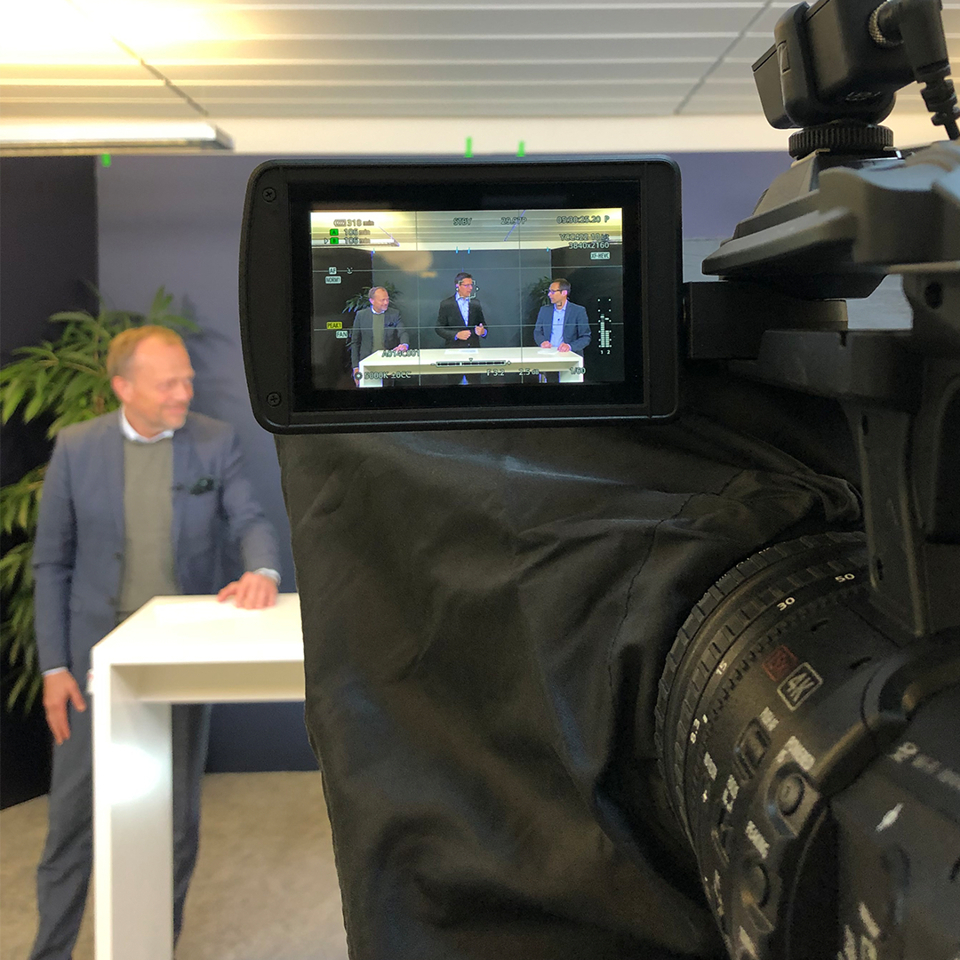2021-12-22
Nature magazine: significant results from the ASIM mission – again
On 23 December, the Danish-led Atmosphere-Space Interaction Monitor (ASIM) will appear in Nature magazine for the second time. This time for observing and delivering groundbreaking data not even intended by the mission.

Since 2018, ASIM has been installed on the International Space Station. The monitor measures powerful lightning phenomena in the Earth atmosphere and delivers these data to scientists all over the world. The work can provide better predictions of the future climate.
In April 2020, ASIM was the only instrument out of seven which could measure the giant flare from a magnetar – a rare type of neutron star possessing extremely strong magnetic fields. In just a sixth of a second, the flare released an energy comparable to what the Sun radiates in 100.000 years. This observation was not even included in the ASIM objectives and is now featured in the renowned Nature magazine.
ASIM continues
The ASIM mission was supposed to close down now. But as a result of the extraordinary scientific results, the European Space Agency (ESA) and the Danish Agency for Higher Education and Science have decided (and funded) that ASIM will remain on the International Space Station (ISS) until 2025.
“We’re excited that ASIM has delivered such quality data, and that the instruments can also be used for other purposes. As the observatory and instruments remain in an excellent condition, it has been decided to continue ASIM on a neighbor location on ISS”, says Carsten Jørgensen, Senior Vice President, Space, Terma.
Terma recently concluded the data package for Airbus and ESA/NASA which makes the move possible, and the plan is to move ASIM in January 2022.
Read more about the continuation of ASIM here
New ISS missions in the pipeline
Terma works with the Technical University of Denmarkon a new Danish ISS mission targeting giant lightening. We recently obtained funds from PRODEX to produce a design proposal for the observation of giant lightening at the Earth’s horizon instead of from above – as ASIM. PRODEX is an optional Scientific Programme established to provide funding for the industrial development of scientific instruments or experiments.
“We are happy that our experiences from the ASIM project now leads to new ideas and possibilities. And we are confident that the result of the study will lead to an extraordinary extended solution of ASIM for further scientific results and hope for political backing for implementing such a solution”, Carsten Jørgensen.

ASIM
Terma is prime contractor and technically responsible for the development of the ASIM observatory, installed on the International Space Station (ISS) to observe and measure powerful lightning phenomena in the Earth atmosphere, the so-called red sprites, blue jets, haloes, and elves, as well as monitoring terrestrial X-ray and Gamma-ray flashes.
ASIM is a project of the European Space Agency (ESA). The scientific leadership is within the Technical University of Denmark, DTU Space. The technical consortium is led by, Terma. Other partners are University of Valencia, Spain, University of Bergen, Norway, Space Research Center, Poland, and OHB-Italia, Italy.
Learn more about the mission and our involvement
Nature magazine
This is not the first time that ASIM has featured in Nature. In January 2021, ASIM’s historical data were presented on the cover of the prestigious magazine. Read the story here.
The London based Nature magazine is a British weekly scientific journal. Nature publishes peer-reviewed research from various academic disciplines including science and technology. Nature serves the research community by publishing its most significant discoveries—findings that advance knowledge and address some of the greatest challenges that we face as a society today, and the natural sciences.

Who we are
Terma in Brief
The Denmark based high-tech Terma Group develops products and systems for defense and non-defense security applications; including command and control systems, radar systems, self-protection systems for aircraft, space technology, and aerostructures for the aircraft industry.
Learn more about us



